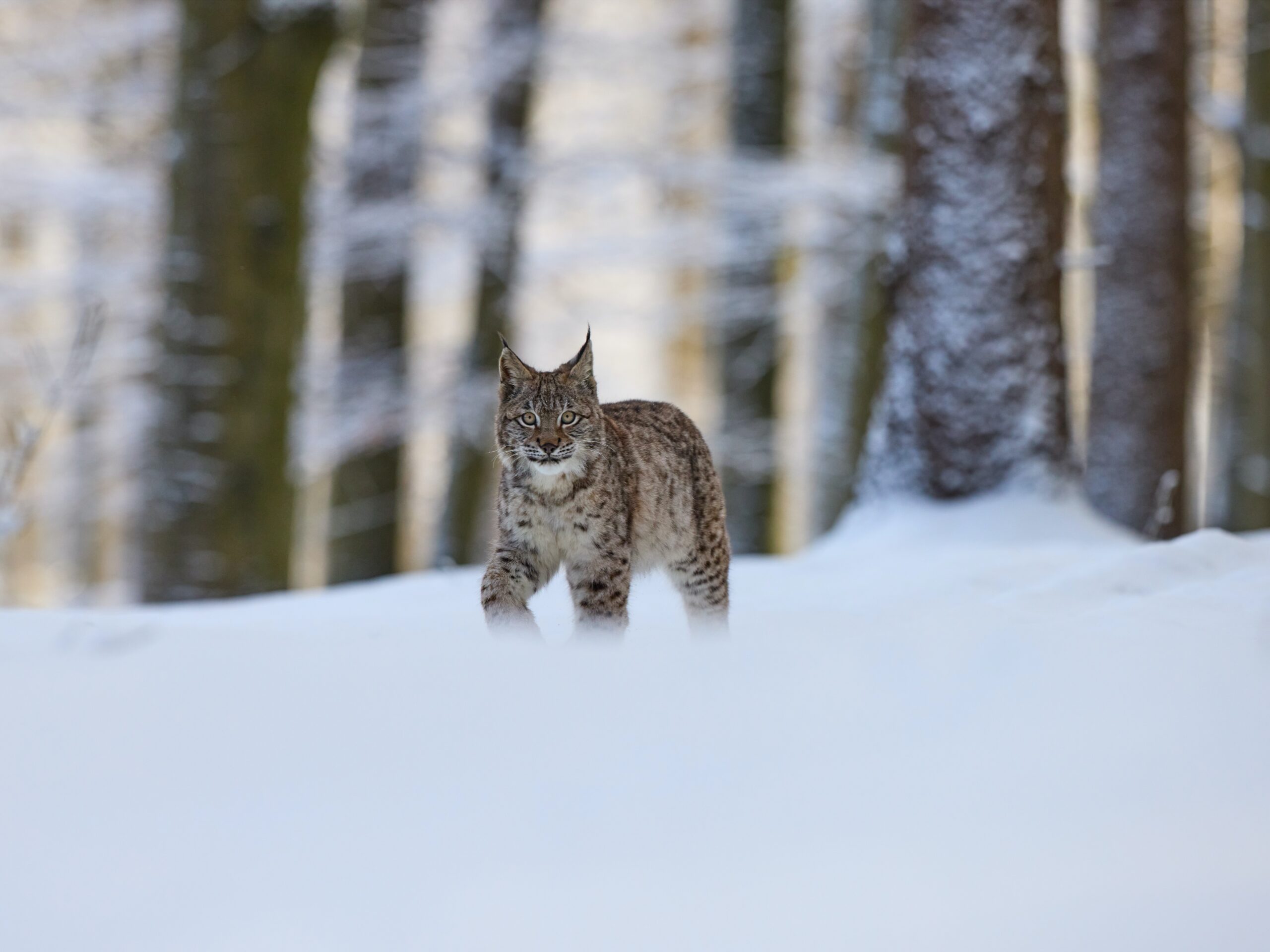


#Greenways #Rewilding #terminology #Wildlife Corridors
Doug Fogelson
Sprawl and development of many kinds have changed, covered, and frankly destroyed so much of the planet that concerted efforts are now needed to bring back vital wild spaces. Restoration of the natural biodiversity, megafauna, allowing for grazing or apex predators, and such can have a powerful mitigating effect on climate change. It also allows for the growth of important building blocks for the vital materials we need to survive.
The term “re-wilding” was coined by the group Earth First! around 1990. It can mean the strategic removal of dams, reintroduction of nearly extinct species, or connecting of wild spaces via “greenways” or other “wildlife corridors.” The term can also have different meanings in different countries (such as the UK).
Wildlife corridors allow non-human populations to follow their natural migratory patterns through or around human settlements, enabling greater biodiversity and resilience against extinction. You can create wildlife corridors in your own backyard by planting native plant species and creating paths for wildlife to travel around any barriers (such as placing a tunnel under a fence so that salamanders can pass through). Even if you don’t have your own yard to re-wild, you can advocate for the creation of wildlife corridors in your workplace, school, or community.
Current restoration of prairies, grasslands, river systems, and more are underway across the planet and these efforts overlap with pressing conservation concerns. Scaling up such efforts and placing greater value on the common good of “wilderness”, healthy oceans, and biodiversity will yield proactive carbon emission reductions and enhanced resilience overall.
Rewilding plans should identify core rewilded areas, ways to connect them, and ensure outcomes are to the mutual benefit of people and nature.